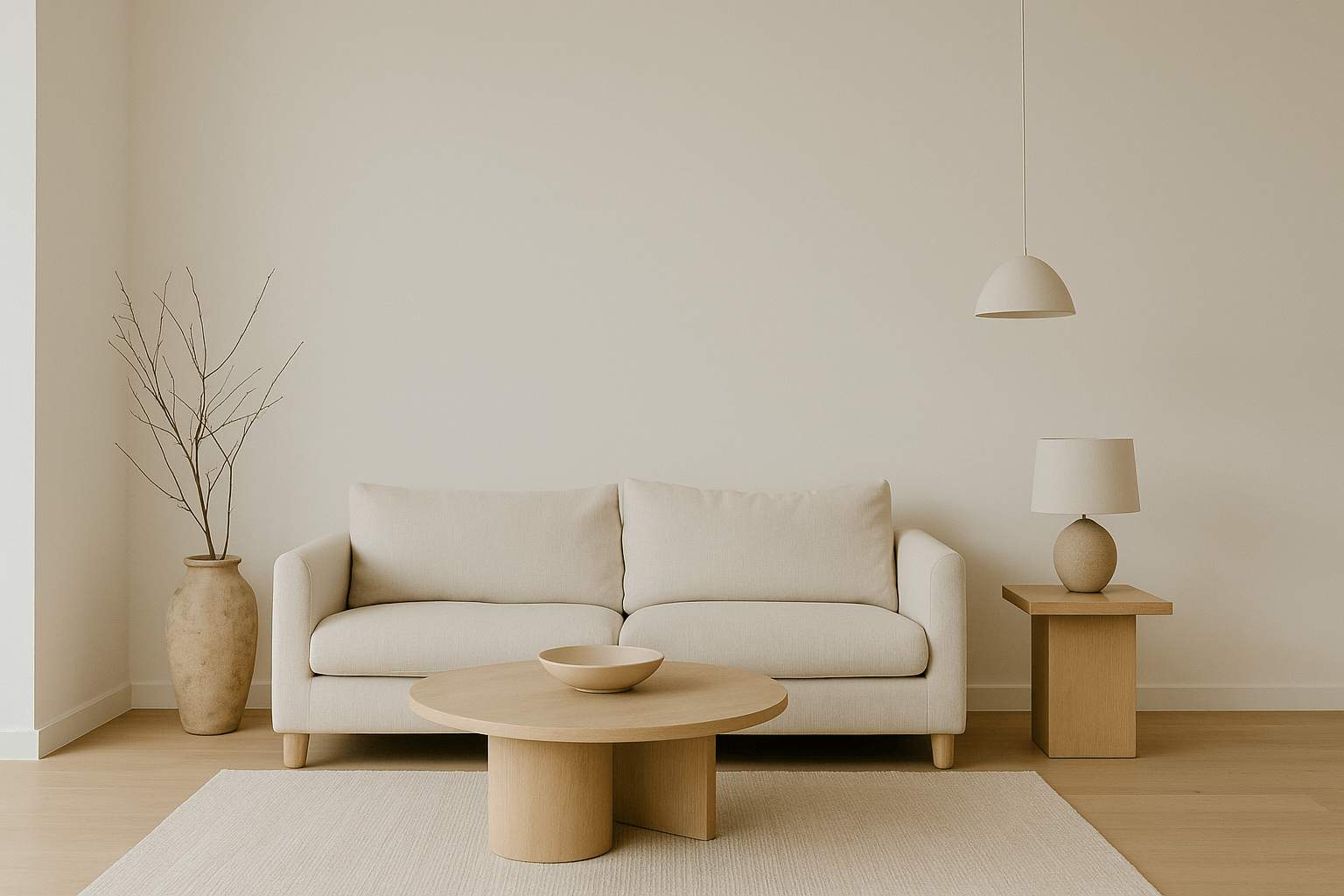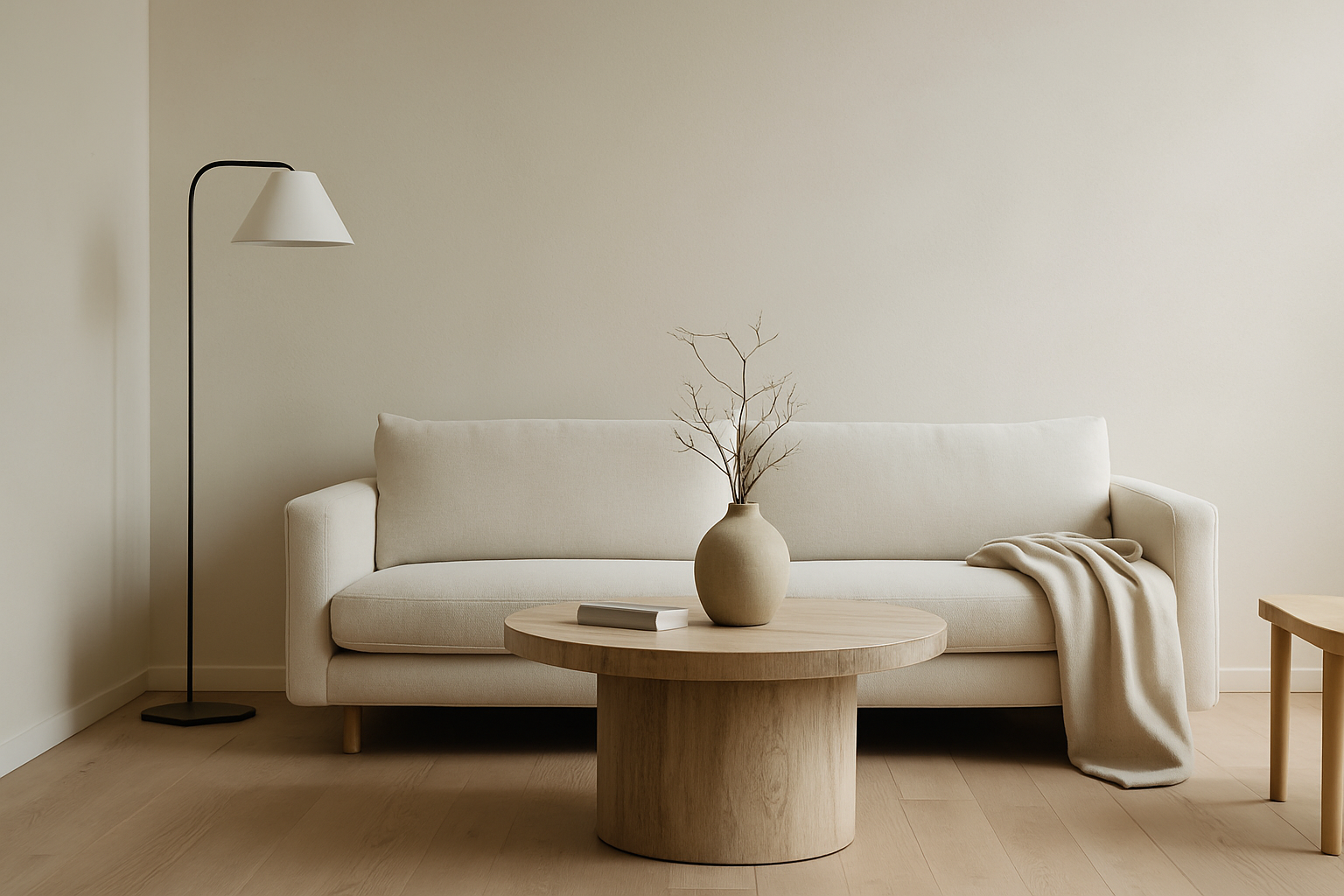When Design Stops Being About Rules
Minimalism is often thought of as strict—grid-based layouts, perfect symmetry, fixed guidelines. But the most calming spaces don’t come from rules. They come from feel.
Intuitive placement is the art of arranging objects, furniture, and light based on flow, energy, and emotion—not formulas. And it’s one of the quiet secrets behind truly livable minimalist interiors.
What Is Intuitive Placement?
It’s the moment you move a chair slightly to the left—not because the layout guide said so, but because it feels more open.
It’s placing a single bowl slightly off-center, letting asymmetry speak.
It’s choosing to leave a space empty—not because you forgot to fill it, but because it didn’t need anything more.
Why It Works in Minimalist Design
-
Honors how you move and live
Instead of styling around aesthetics, you style around flow. -
Creates emotional balance
When a room feels right, it nurtures ease and calm—without being obvious. -
Allows for imperfection
Intuitive design makes room for daily life: shifting light, open books, slightly moved textiles. -
Builds soul, not stiffness
Minimalism becomes warm, organic, and alive—not clinical or forced.
How to Practice Intuitive Placement
1. Start With Function
Ask: how do I actually use this space? Where do I move, sit, pause? Arrange with real use in mind.
2. Observe Flow
Let your eye trace the room. Do objects stop the flow? Does anything feel too heavy on one side? Adjust gently—no need to start over.
3. Embrace Imperfection
Don’t over-correct. That slightly off-center lamp or loosely folded throw? It brings a room to life.
4. Use the Room for a Day
Live in it. Don’t rush to style. Sit, move, open windows, observe light. The space will tell you where things want to go.
5. Place, Step Back, Adjust
Step back from your space and look at it like a landscape. Rearrange with small changes—1-inch movements can shift everything.
Final Thoughts
Minimalist spaces aren’t just designed. They’re felt. When you style with intuition, you stop chasing perfection—and start creating peace.
Let your home breathe. Let it speak softly. And let every placement be a quiet decision made not by rules—but by rhythm.
















